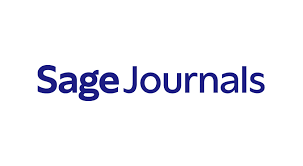🔎 What Was Examined and Why
How does an authoritarian donor’s domestic political economy shape its aid practices? The case of China is examined to show that the logic of regime survival steers aid policy toward commercial goals that sustain a state-capitalist model. The central claim is that Chinese aid prioritizes commercial interests at home—especially revenues for state-linked firms—rather than solely promoting recipient development.
📊 Data Sources and Research Design
- Multiple data sources on aid projects, bilateral trade, industry-level flows, firm balance sheets, and product-level exports were combined.
- A difference-in-differences research design was used to identify causal effects of Chinese aid on subsequent trade.
- The analysis is conducted at four levels: country, industry, firm, and product, allowing checks for robustness and mechanism testing.
📈 Key Findings
- Chinese aid projects lead to a substantial surge in Chinese exports to recipient countries.
- The additional export revenues accrue largely to Chinese state-owned enterprises (SOEs), not private firms.
- The trade gains are concentrated among SOEs characterized by lower performance metrics and larger employment rolls.
- Tests rule out several alternative explanations, including reduced trade costs, more favorable trade terms, and simple product price differences between SOEs and private firms.
💡 Why This Matters
- The evidence indicates that authoritarian regime survival logic shapes aid: aid functions as a tool to channel commercial benefits back to politically important domestic firms and to reinforce state-capitalist structures.
- These findings reshape expectations about donor motives and show how aid can reallocate economic gains internally in ways that matter for both international development and domestic political economy.







